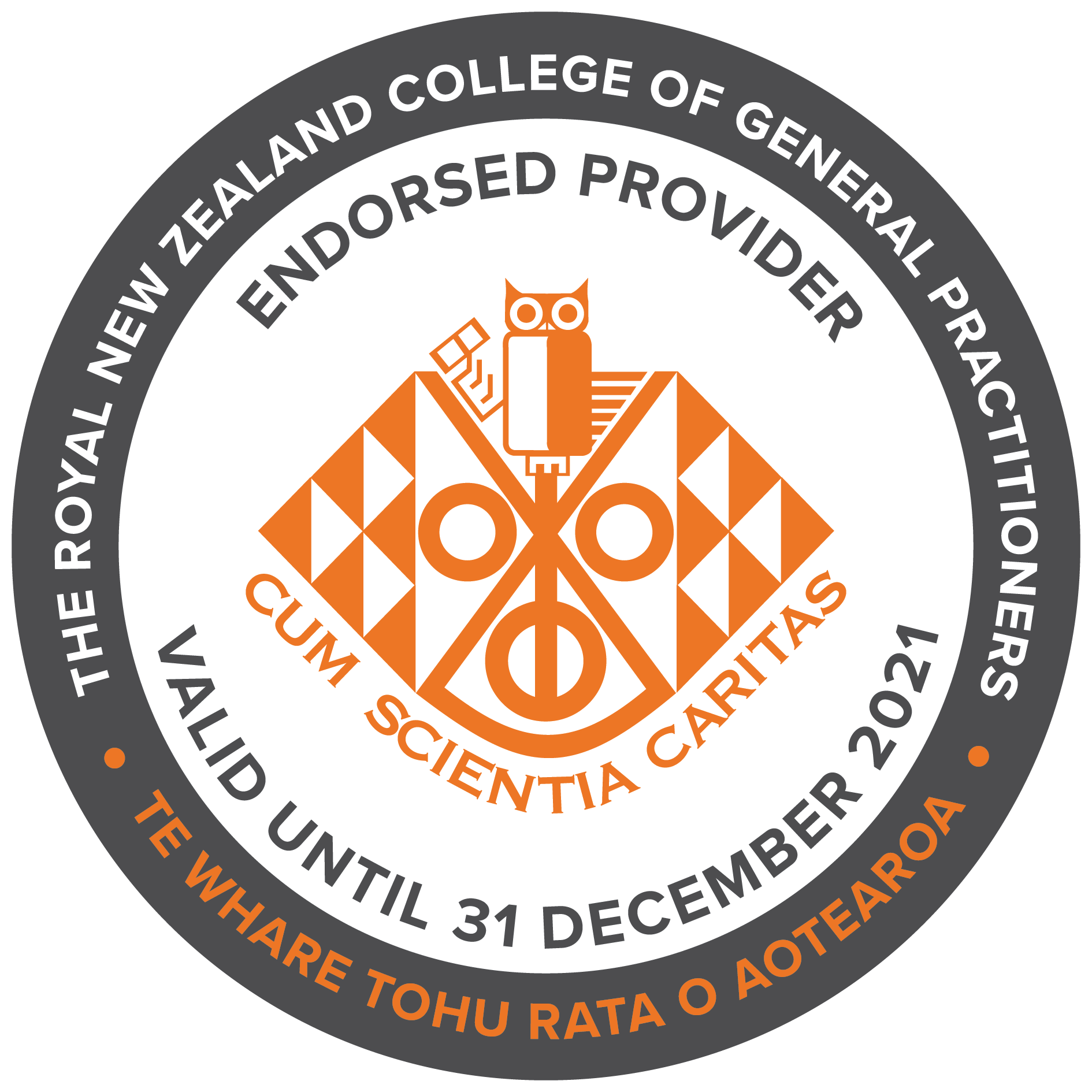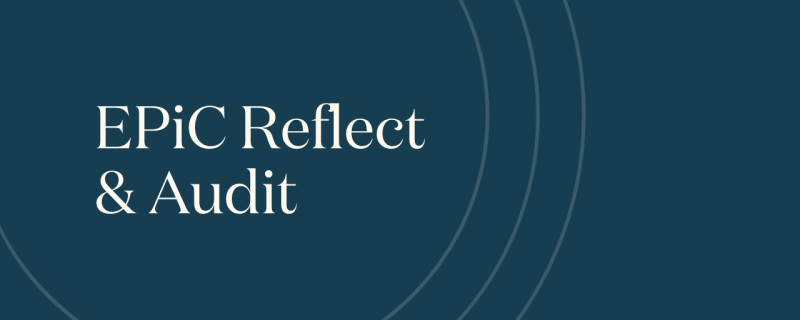The first phase in pathways updates was to bring together a team.
“Our group covers five DHBs, so we had to make sure everyone was on board. Then we needed a clinical editor to write the pathway, together with a subject matter expert (SME)," Mrs Scott says.
Enter Fiona Campbell (Waikato DHB GP liaison) as clinical editor and Ryan Paul (Waikato DHB endocrinologist and executive member of the New Zealand Society for the Study of Diabetes) as SME.
The region’s diabetes HealthPathways suite will be made up of eight pathways, but the team chose to focus first on two: non-insulin diabetes medications and insulin in type 2 diabetes.
They began by bringing old pathways in line with current best practice guidelines.
This work coincided with PHARMAC funding empagliflozin (a sodium-glucose cotransporter-2 inhibitor), and proposing to fund dulaglutide (a glucagon-like peptide-1 agonist) following Medsafe approval. NZSSD correspondingly updated its guidelines to include these non-insulin medications for diabetes. The pathways also represent a paradigm shift moving away from focusing on blood glucose control, to reducing cardiovascular and renal disease, responsible for most of the morbidity and mortality in people with type 2 diabetes.
The re-written pathways were circulated throughout the Te Manawa Taki DHBs, with relevant changes, local information and suggestions added.
Tokoroa primary care pharmacist Helen Cant was one of many health professionals who examined some of the proposed pathways before they were published. She says, given diabetes management is strongly focused on medication as opposed to other conditions where surgery or scans might form much of the treatment, it is important healthcare professionals familiarise themselves with both the NZSSD guidelines and their local pathways as they are introduced.
Mrs Scott says the process to update the pathways was rather involved, but now they should be easily localised by other regions.
“At the top level, the pathway reflects national guidelines and shouldn’t need to be changed, but each area may have different local service agreements, and the pathway guides the GP to services for their locality.
“For example, in Eastern Bay of Plenty there is a referral to Kaupapa Māori services that support people in the community to manage their diabetes; and in Hauora Tairāwhiti, GPs can navigate their patients to a Kaupapa Māori provider who provides lifestyle management.”


